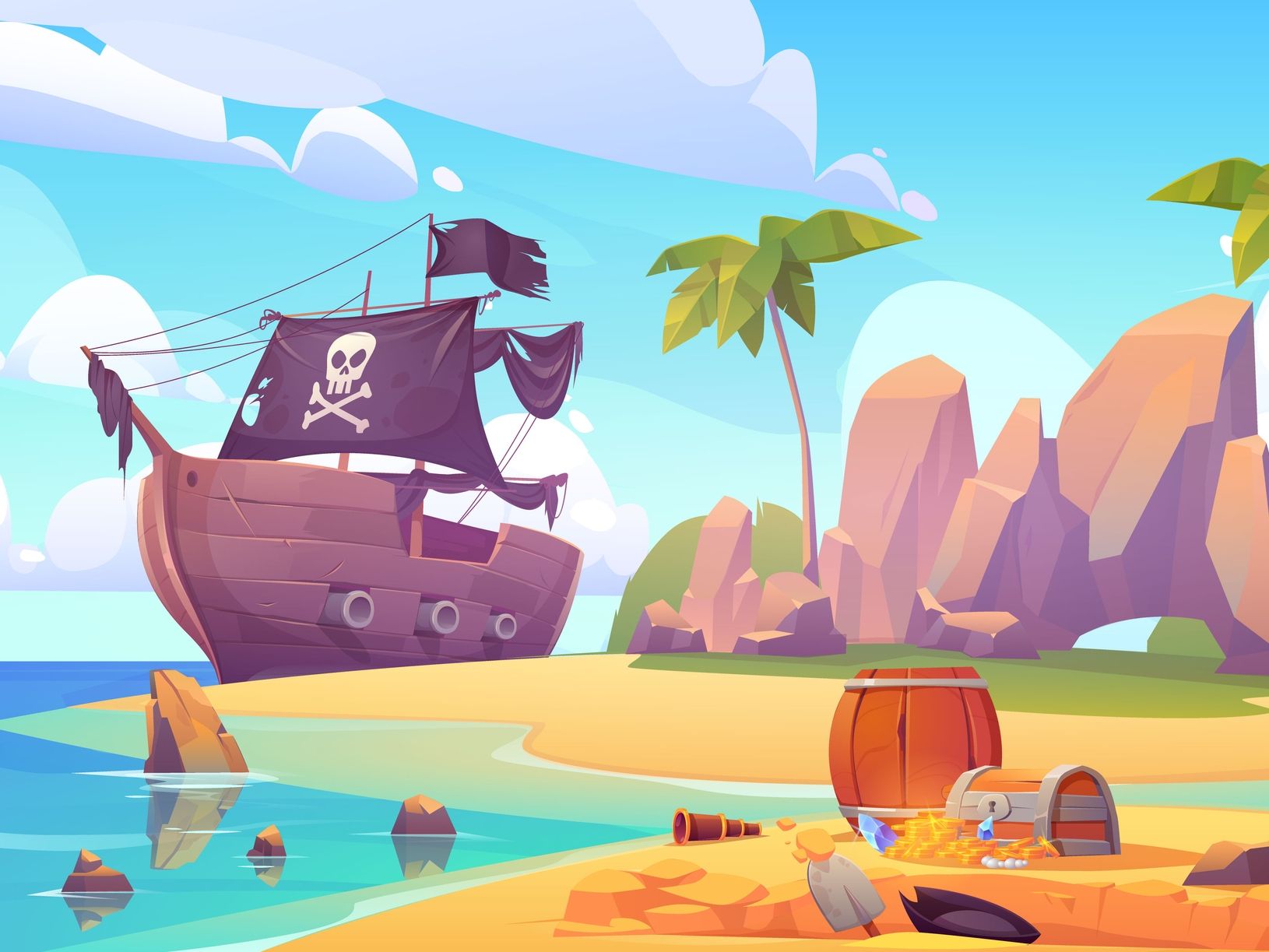The Digital Renaissance: How NFTs Are Redefining Ownership in the 21st Century
Overview or Introduction
In an age where everything can be replicated at the click of a button, the concept of ownership is undergoing a seismic shift thanks to Non-Fungible Tokens (NFTs). These digital assets have transformed how we perceive art, collectibles, and virtual real estate, creating new opportunities for artists and consumers alike. Dive into this exploration of NFTs to understand their rising significance and the marketplaces that are fueling this vibrant new economy.
The NFT phenomenon is challenging traditional frameworks of ownership and value, sparking heated debates about the future of art, collectibles, and virtual interactions.
What Are NFTs?
Non-Fungible Tokens are unique digital assets created using blockchain technology that certify ownership of a specific item or piece of content, whether digital art, music, gaming assets, or virtual real estate. Unlike cryptocurrencies such as Bitcoin that are interchangeable, each NFT bears distinct characteristics and value.
Take for instance, a digital artwork by an acclaimed artist or a moment captured in an NBA highlight reel; although copies can exist, the NFT confirms the authenticity and originality of a specific instance. This creates a new realm of ownership where context, scarcity, and provenance are guaranteed.
How Do NFTs Work?
NFTs function on blockchain technology—specifically on Ethereum, which has set the standards (ERC-721 and ERC-1155) for creating these unique assets. Every transaction involving an NFT is recorded on the blockchain, offering a transparent and tamper-proof ledger of ownership.
This technological backbone allows consumers to confidently purchase NFTs, knowing they can trace the asset’s history back to its original creator. As a consequence, art and collectibles that were once subjected to fraud or forgery can now be verified with ease.
The NFT Marketplace Explosion
The proliferation of NFT marketplaces has facilitated an explosion in NFT trading, allowing creators and collectors to connect seamlessly. Platforms like OpenSea and Rarible have emerged as leading hubs, where users can buy, sell, and trade various digital assets.
In 2021 alone, it was reported that consumers spent over $25 billion on NFTs, an astronomical figure that highlights both the level of interest and the demand for these assets. For creators, these digital marketplaces provide unprecedented access to a global audience, enabling artists to bypass traditional gatekeepers and retain a larger share of their profits.
The Cultural Impact of NFTs
Aside from reshaping the economics of art and collectibles, NFTs possess the potential to redefine entire industries. Musicians can now sell albums and concert tickets directly to fans, while filmmakers might release projects in new and innovative formats.
The cultural implications are profound, with celebrities like William Shatner capitalizing on the NFT space, creating digital collectibles that have sold in the millions. It’s an example of how the technology provides an avenue for creators to interact directly with their audience in a more meaningful way.
Key Takeaways
- NFTs are a new way to prove ownership of unique digital items through blockchain technology.
- The global NFT market has seen explosive growth, with billions spent on various assets since its inception.
- NFT marketplaces like OpenSea and Rarible have simplified the process of buying and selling digital assets.
- Creators can monetize their work in innovative ways, gaining wider reach and retaining more profit.
- The implications of NFTs extend beyond art into music, gaming, and even real estate, marking a cultural shift in ownership concepts.

